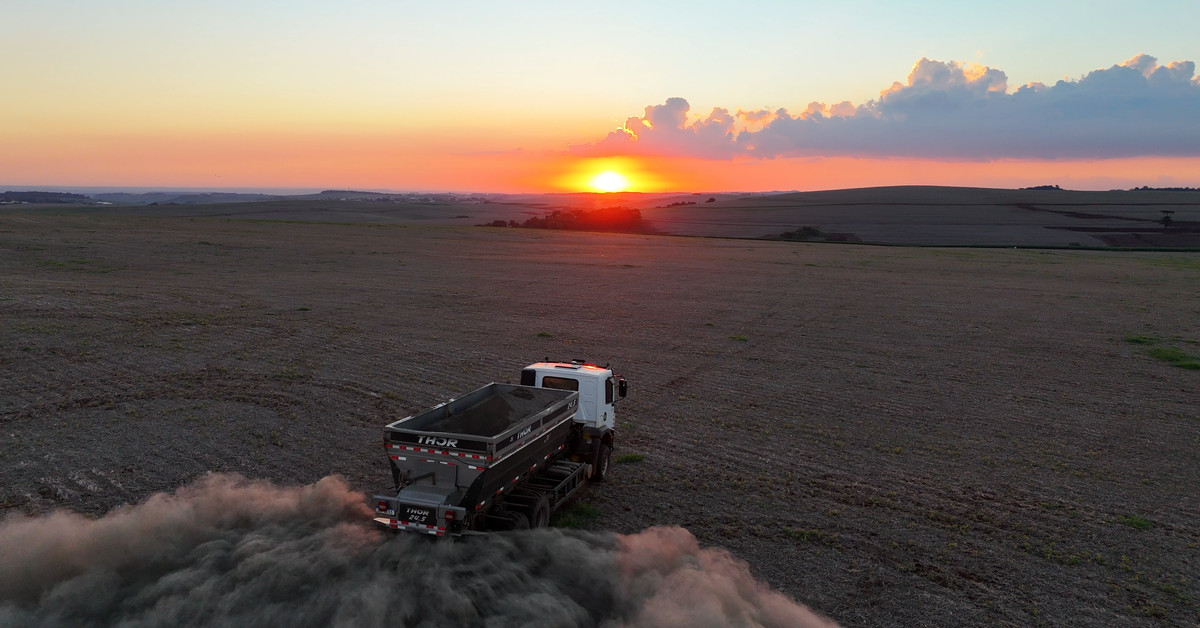In an effort to mitigate the impact of their pollution on the climate, Google and other major companies have partnered with a startup called Terradot to remove carbon dioxide from the atmosphere using rocks. The deal, brokered by Frontier, a carbon removal initiative led by Stripe, Google, Shopify, and McKinsey Sustainability, involves paying Terradot $27 million to capture 90,000 tons of CO2.
A Breakthrough in Carbon Removal
The strategy employed by Terradot is known as enhanced rock weathering (ERW), which accelerates a natural process that can take thousands of years. Rainwater naturally breaks down rocks, releasing calcium and magnesium, which triggers a chemical reaction that traps CO2 in water as bicarbonate. Groundwater carrying this bicarbonate eventually makes its way to the ocean, storing the carbon and keeping it out of the atmosphere.
How Terradot Works
Terradot takes basalt rock from quarries in southern Brazil to nearby farms, where farmers use the finely-ground basalt to manage soil pH, with carbon removal as a bonus. The startup has partnered with Brazil’s agricultural research agency (EMBRAPA) to utilize this strategy on over one million hectares of land.
A Hot Topic: Counting Carbon Capture
One of the challenges in assessing the effectiveness of Terradot’s approach is measuring how much CO2 is actually captured from the atmosphere. Google acknowledges that it’s difficult to measure with precision, but notes that deploying the approach widely in the real world will help develop more accurate measurement tools.
The Limitations of Carbon Removal
While carbon removal technologies like ERW may be able to counteract some of a company’s legacy pollution while they transition to clean energy, experts emphasize that it is no substitute for preventing greenhouse gas emissions in the first place. In fact, Google’s own carbon footprint has grown as it builds out energy-hungry AI data centers.
The Big Picture: Climate Change and Carbon Emissions
Carbon dioxide emissions from fossil fuels are already exacerbating climate disasters such as heatwaves, droughts, wildfires, storms, and more. As companies like Google continue to grow their operations, they must also address their carbon footprint through strategies that prioritize reducing greenhouse gas emissions.
A Partnership with Terradot: Google’s Commitment to Carbon Removal
Google has signed a separate deal with Terradot to purchase an additional 200,000 tons of carbon removal. While the cost of this deal is not disclosed, it could add up to $60 million if the price per ton is similar to the Frontier agreement.
Expert Insights: Enhanced Rock Weathering and Carbon Removal
Dr. Jagoutz, a geologist who has studied ERW, notes that while the uncertainty surrounding carbon capture is a challenge, it’s essential to try new approaches in the real world. "We don’t have the luxury to overthink it right now," he says.
A Call to Action: Transitioning to Clean Energy
As companies like Google continue to invest in carbon removal technologies, they must also prioritize reducing greenhouse gas emissions through strategies that promote clean energy adoption. By working together, we can mitigate the impact of climate change and create a more sustainable future for all.
Related Articles
- Google’s Future Data Centers Will Be Built Next to Solar and Wind Farms
- Google Inks Nuclear Deal for Next-Generation Reactors
- Carbon Dioxide Emissions from Fossil Fuels are Already Making Climate Disasters More Dangerous
Comments
- "This is a crucial step towards mitigating the impact of climate change. Companies like Google must prioritize reducing greenhouse gas emissions and invest in clean energy adoption."
- "While carbon removal technologies have their limitations, they can play an essential role in addressing legacy pollution while companies transition to clean energy."
- "The uncertainty surrounding carbon capture is a challenge, but it’s not a reason to halt trials in the real world. We must continue to innovate and push the boundaries of what’s possible."



